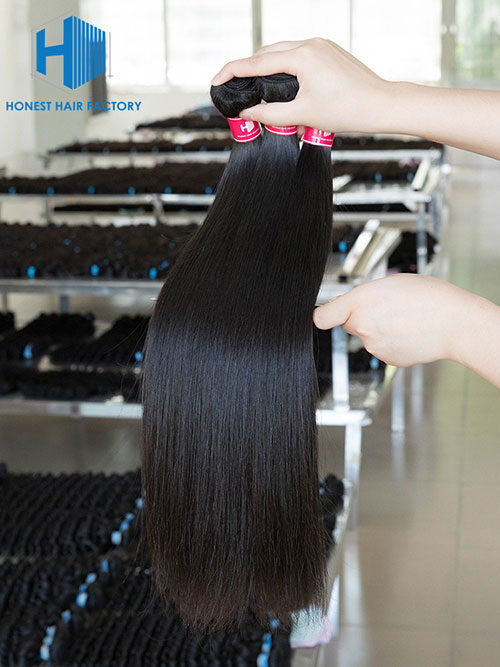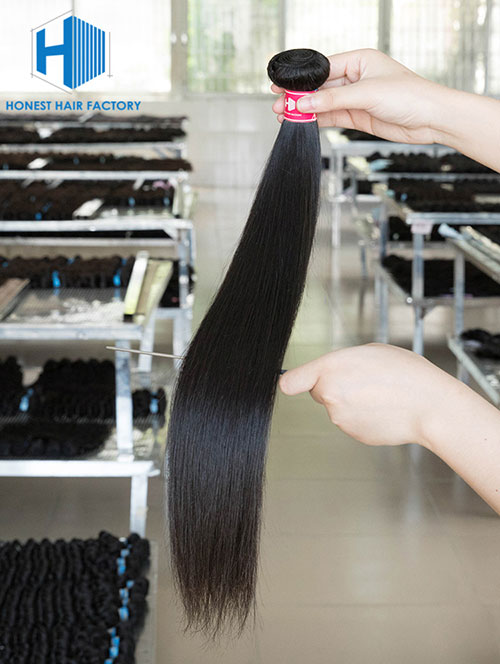Raw Hair vs Virgin Hair: The Ultimate 2025 Guide
Raw Hair vs Virgin Hair: The Ultimate 2025 Guide
Blog Article
Whether you're launching a new hair business or trying to decide between raw Indian hair and virgin hair for your personal use, understanding the key differences between these two options is essential. This guide will give you everything you need to know—from sourcing and processing, to price points and performance—to help you make the best decision for your needs.
What is Raw Hair?
Raw hair is the most unprocessed and natural form of human hair available on the market. It is 100% pure, cut directly from a single donor, and has not undergone any chemical processing. The hair is simply cleaned and wefted, preserving its original texture and cuticle alignment.

This means that if a donor has natural waves, the bundle you receive will have those same natural waves. Similarly, if the donor's hair was straight, your bundle will be straight too. The alignment of the cuticles ensures minimal tangling and a long lifespan. Around 98% of authentic raw Indian hair comes from temples in India, where hair is donated as part of religious rituals.
What is Virgin Hair?
Despite its name, virgin hair is not always as pure as raw hair. Virgin hair typically refers to hair that has not been chemically processed, but it can be collected from multiple donors. Often, the cuticles are not aligned, and the hair may contain fillers or synthetic fibers. This makes it more prone to tangling and shorter in lifespan compared to raw hair.

Virgin hair is usually sourced from China, where leftover strands, floor-collected hair, or mixed batches are processed to appear uniform. Though it can look shiny and beautiful at first, the presence of fillers can make coloring and styling more difficult over time.
Comparison Table: Raw Hair vs Virgin Hair
| Feature | Raw Hair | Virgin Hair |
|---|---|---|
| Source | Single donor (usually India) | Multiple donors (often China) |
| Processing | Unprocessed | Lightly processed or chemically treated |
| Cuticle Alignment | Fully aligned | Often misaligned or stripped |
| Shine | Natural luster | Artificial shine (due to coating) |
| Durability | Up to 5-10 years | 6 months to 2 years |
| Coloring Ability | Excellent (lifts to 613 easily) | Moderate to poor (may not lift due to fillers) |
| Styling Flexibility | High (holds curls well) | Medium (depends on quality) |
| Price | Expensive | More affordable |
How to Identify True Raw Hair
To avoid scams, here are a few tips for identifying authentic raw hair:
- Ask the supplier where the hair is sourced. If it’s not from India, Vietnam, or Burma, it may not be raw.
- Check the WhatsApp country code: numbers starting with +86 are from China and usually deal in virgin or mixed hair.
- Do a strand test. True raw hair does not contain synthetic fillers.
- Wet the hair. Raw hair should retain its natural pattern and not go limp or plastic-like.
Pros and Cons
Raw Hair
- Pros: Long-lasting, natural look, no chemical processing, excellent for dyeing and styling.
- Cons: Higher cost, may require more care and maintenance.
Virgin Hair
- Pros: Budget-friendly, often available in a wide variety of styles and colors.
- Cons: Shorter lifespan, inconsistent quality, may include synthetic fillers.
Which One Should You Choose?
If you’re starting a business and want to build a premium brand, wholesale raw Indian hair is your best option. It offers unmatched quality and long-term value for your customers. However, if you're catering to budget-conscious clients or are new to wearing hair extensions, high-quality Remy virgin hair can be a good stepping stone.
If you have further questions about hair types, vendors, or testing methods, leave a comment below or contact us directly. For high-quality, authentic raw hair bundles, visit HonestHairFactory.com.
Report this page